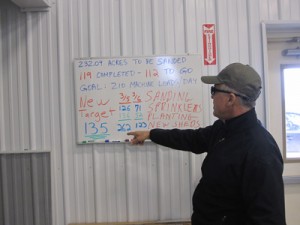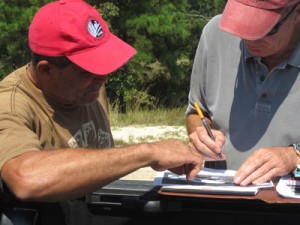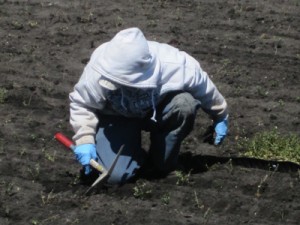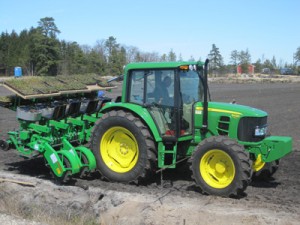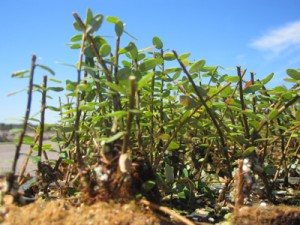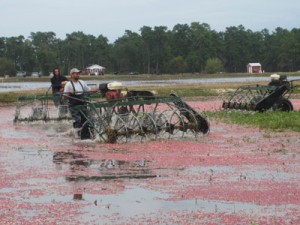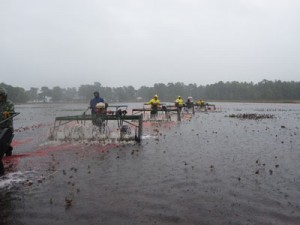Pine Island GM Fred Torres likes to tell an old story about Bill Sr and a team member during planting. Bill asked the team member how much work he had left to do, and the man said, “I don’t know.” Bill then asked him how much he’d done so far. The man’s response was the same. Bill patiently asked him what he was planning on getting done tomorrow. The man again said, “I don’t know.” Fred says Bill then asked the guy: “You don’t know much, do you?”
He was laughing when he said it, Fred said, but his point remained: while the methods and goals have changed, setting targets is as important today as it was when Bill Sr was still around. “You have to have deadlines,” Fred says. “If you set targets, and you stick to them, it makes people more organized and focused. If you don’t set targets, you don’t get stuff done.”
In agriculture, just like any other business, setting targets is necessary. On the farm, things have to get done when it’s time to do them, and that’s all there is to it. Alternatives must also be built in, because weather is always a game-changer, especially this time of year, so set targets and keep flexibility in mind. Meeting the targets can be challenging; however, it keeps the team moving forward and achieving their goals.
When asked how things have changed, Fred says, “Today, we’re doing a lot more. Years ago, we got done harvesting, then we went to raking. We finished raking, began pruning blueberries, and started sanding along the way. When the raking was finished, we went to the spring jobs. We had your basic tasks for every season. There wasn’t bog renovation on the scale that we have now.”
“With technology advances, we have fewer people doing more work in the same amount of time,” he says. “Back in the day we’d do one gate a day. Today we can put two gates in one day like its nothing. Building them is easier; we only need two guys instead of six.” Setting targets for these jobs can assist in measuring how much will be accomplished in a certain amount of time. Advances in technology have also changed our planting goals: a new mechanical planter, the use of rooted cuttings, and changes in irrigation have all made our bog renovation program boost our targets to new levels.
The ultimate goal, as always, is bringing in more berries per acre. “But you can’t use a big crop as an excuse,” Fred says. “You still need a timeline.” Our team will often put in extra hours during the day, rather than taking extra days, especially on things that may not be affected too badly by the weather. “You don’t just make a plan; you also make contingencies. If you hear you’re going to get rain overnight, then you stay later to get something done, rather than wait two or three days for everything to dry out. The little things add up.” Very little affects the harvest, of course; the team works rain or shine, with the lone exception of lightning.
Pine Island CEO Bill Haines, Jr is a fan of author Jim Collins’ “Twenty-Mile March” concept, a term used in his book Great by Choice to define the concept for companies to keep a steady pace no matter the environmental factors. (The analogy Collins used was about the results of two teams led by Roald Amundsen and Robert Scott in 1911, who both wanted to be the first ones in modern history to reach the South Pole. Amundsen and his team survived, while Scott and his did not.) (Source.) This concept intrigued Bill primarily because it deals with two distinct types of issues that arise when running an ag business: delivering high performance in difficult times and holding back to avoid over-extension in good times.

